Mental health is a conversation the world is more open to having than ever before, but few depictions of internal struggle in recent memory have proven to be as moving, powerful, heartwarming, unflinching, and raw all at once as Trevor Frost and Melissa Lesh’s documentary Wildcat, which comes to Prime Video on Dec. 30.
Through a chance encounter while researching an entirely different project, the duo met Harry Turner, a former British soldier who’d served in Afghanistan as a teenager, before being discharged from the military after suffering from depression and PTSD. Heading deep into the Amazon to escape from life, Harry ends up embarking on a journey of self-discovery and healing with a unique feline twist.
Working with conservationist Samantha Zwicker, Wildcat follows the pair’s trials and tribulations in raising an orphaned baby ocelot named Keanu, which has a transformative impact on all three of the story’s featured players. Not afraid to shy away from uncomfortable moments to deliver an emotional roller-coaster, the film deals with universal experiences on an incredibly specific but entirely relatable scale.
Ahead of Wildcat‘s release, We Got This Covered had the chance to speak to directors Frost and Lesh about their process, which took years and encompassed a thousand hours of footage. During our deep dive, we find out how the project came together, the duo’s hopes for opening up the conversation on mental health, what they hope audiences will take away from the feature, and much more – which you can check out below.
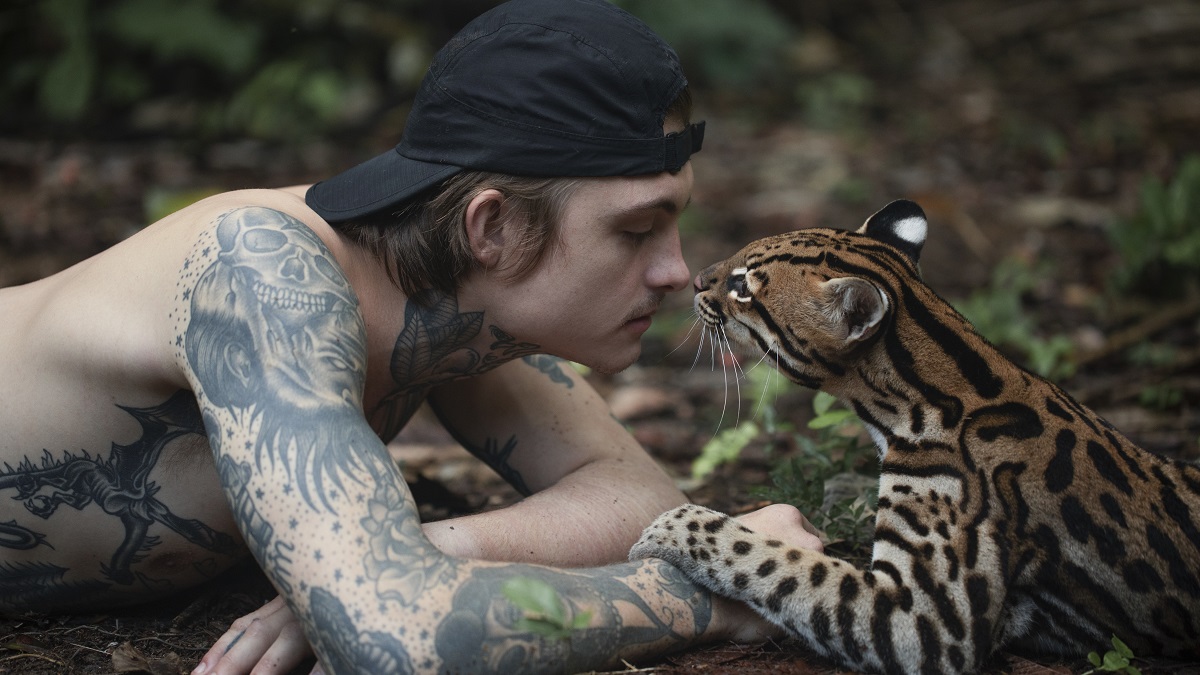
First off, having only seen the trailer before watching the film, I need to say that I absolutely was not prepared for such an emotional roller-coaster from beginning to end.
Trevor Frost: It was definitely the same, it felt the same way for us. There were a lot of ups and ups and downs. And I think, things that we didn’t expect. And of course, that’s the nature of documentary, but it definitely feels like this one was particularly, a more extreme roller-coaster, if you will. Yeah, the goal was if we could pack even a fraction of the emotion that we went through into this movie, then we’ve succeeded.
You didn’t head into the jungle with the intention of making a documentary feature, but given the way Wildcat turned out and the success Harry and Samantha are enjoying on their respective paths today, do you feel like there was a touch of serendipity about the whole experience for everyone involved?
Trevor Frost: Yeah, I think so. I mean, we never… I was down in the rainforest for a completely separate project when I met them. And they had already at that time been approached by a couple of places about making a sort of a TV show about them. Like, BBC had approached them, and a few other production companies had approached them about turning some of their wildlife rescue work into some sort of TV show-type thing.
But that didn’t interest either one of them, because I think, you know, there’s a lot of TV shows that come out, and most of them are quite fake. There’s a lot of construction, where they’re setting things up, and it tends to be just very contrived. And so, when I met them very randomly, and we started discussing the possibility of helping them make a film out of some of the footage that they had, the conversation was very much; “We want to make this as real as possible.”
I don’t have an interest in the TV side of things. And so that intrigued them. And then obviously, the three of us when I met them, I was with Melissa, and the three of us also just really got along because we all connected on another level. We all loved going to these wild places, because we found solace and quiet there. We connected, I think, with animals, more than we did with humans. And so, we all really got along on that level. And so there was a certain level of trust that was formed right away.
But yeah, I mean, everything’s been very serendipitous. I mean, along the entire process, then Keanu comes along, we never expected that to be a part of the process, because it was originally going to be a short film, and then Keanu comes onto the scene, and then it’s a long film and a feature film. So there is, yeah, there was serendipity from beginning to end, for sure.
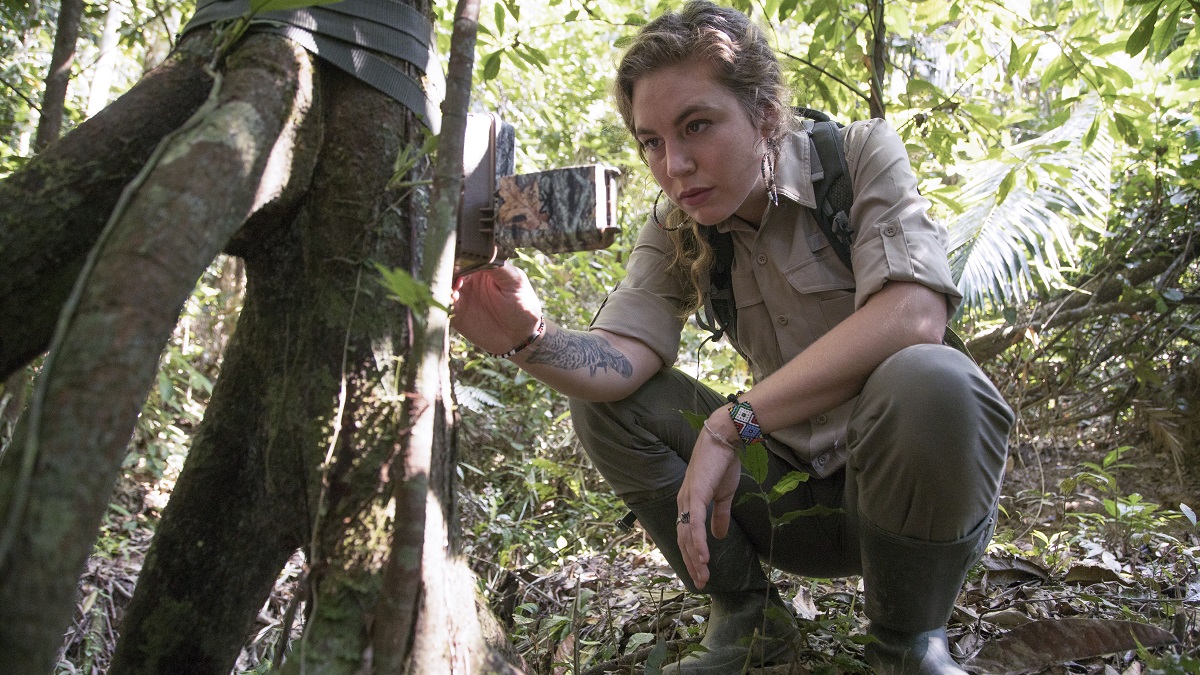
Presumably with the volume of footage shot and the throughline of Harry’s “redemption story,” there’s a more “Hollywood” version of the story that could have been cut together, especially when some of the footage is so unflinching that it’s difficult to watch, but it’s the openness that makes the film so powerful.
Melissa Lesh: Yeah, that’s something that we really wanted to lean into, from the beginning. You know, when Trevor met Harry and saw that hard drive of the footage with Khan, they had already started filming at that point, and there was – we felt – that openness, we felt that kind of rawness already in what they were capturing, and really felt like we wanted to be true to that style of filmmaking.
Another big thing that kind of informed the approach was the fact that it was very important for them and for their reintroduction protocol that we didn’t have any access to Keanu. And so, because they wanted him to be as wild as possible, they wanted to limit the number of people that that he was around. And so we didn’t, you know, we couldn’t film him. And of course, when you’re trying to make a film, and one of your main characters is a cat, it becomes quite difficult to envision how you’re going to do that.
But, because of what they had already filmed, and the power of the rawness of that material, we felt very much like we could harness their already-innate ability, and work with them and bring down cameras and kind of really become a collaborative team, and a four-person production team, really, which is what it ended up being. And so, with Keanu, some of those more raw, intimate moments… I mean, everything that was filmed of Keanu was filmed by Harry or Samantha, predominantly Harry.
And we also talked about ideas like daily video diaries, that was something, kind of directorially that we brought to the table, was “How do we capture things, especially when we’re not there?”. States of mind, big events that just took place, Keanu catching his first rodent, or Harry being disturbed by these chainsaws. Those were moments that we weren’t there, but how do we structurally put in place techniques and methods to be able to capture those moments, those really critical kind of tentpole moments when we weren’t there?
So it was already a part of what we saw on the potential, and then it was something that we wanted to really harness, and accelerate, and be true to. Because I think that’s… you mentioned the “Hollywood” style of this movie. And, you know, when we went to sell it, I think we did pitch to Disney, and they said, “If we took this film, it would be very different.” And I think it would, in some ways, kind of kill it. And so we were very aware of that.
We want to be true to the depths of this experience, and it’s not always happy, and it’s not always fluffy with the cat, you know? There are deep human emotions and struggles that you can’t put a shiny bow on. Doing the best justice is being true to what it is.
Mental health is something a lot of people find difficult to upon up and talk about, but an army veteran bonding with an ocelot in the rainforest is such a unique angle and insight into a problem many people struggle with that it almost underlines the universality even more.
Trevor Frost: Yeah, I think one of the elements that most people can identify with is that… I mean, there are I don’t know how many billions of people have pets, but certainly I know that it is in the billions. And obviously, Keanu was not a pet. Keanu was a an wild animal that they were trying to put back into the wild. But I think that there are a lot of people that can identify with the fact an animal that has come into their life has has helped their life tremendously.
And in some cases, even saved their life. I mean, you hear stories all the time about how someone brought a dog into their life in a very particularly bad moment. And the dog really turned things around for them. And so, there’s so many stories out there like that, that show just how powerful animals are to helping us find a way forward. And I think that one of the other things that we’re really excited about is that the story obviously communicates the importance of them.
And the fact that we should be treating them better than we are. Not just domesticated animals, but also wild animals as well. And so, that was something that was particularly important to us, making sure that was a thread that people could attach to is that this time doing this work with these cats did have a tremendous impact on his overall well-being. It wasn’t perfect, didn’t cure him. But it certainly helped him, I think, see the light and find find a path forward.
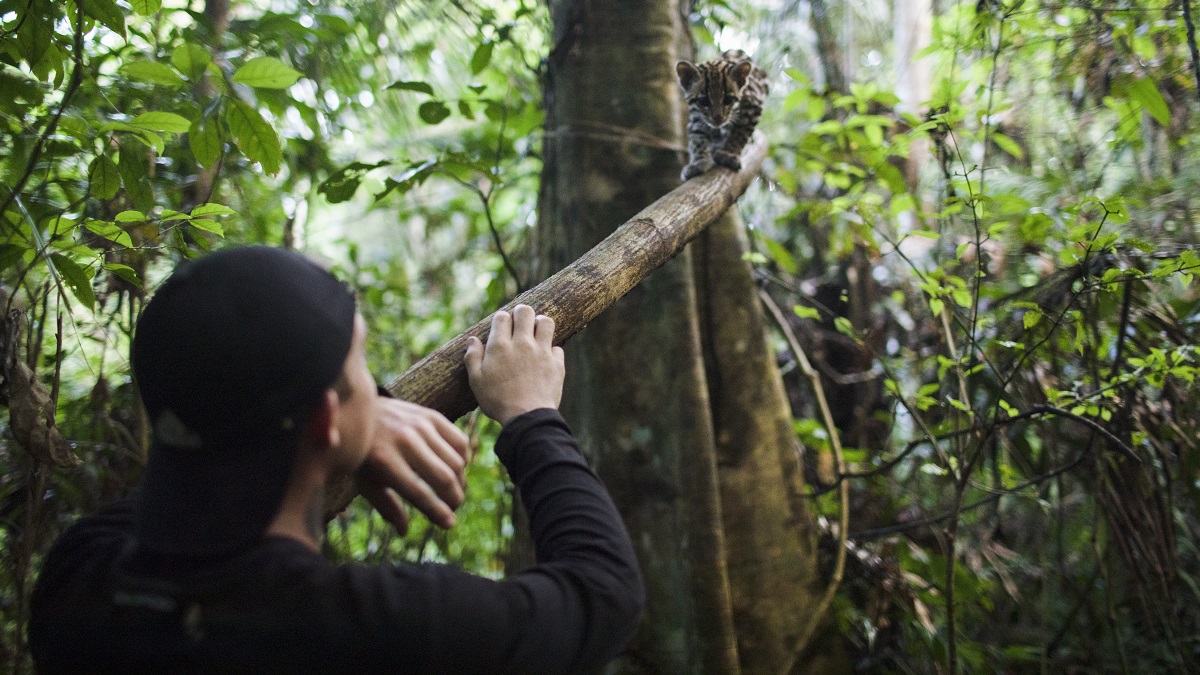
In a way, a film about a single person retreating into the vast rainforest on their own and facing up to their mental health struggles could have a huge impact and start conversations on a platform that has 200 million subscribers worldwide, which is a fascinating juxtaposition to think about.
Melissa Lesh: When you put it like that, it is interesting, right? It’s kind of a world that we live in today, how connected we are, and how, essentially, four people in the middle of nowhere could bring something to millions of people around the world. I mean, for us, Trevor and I, we’ve been doing conservation storytelling for all of our careers, you know, over a decade. And we mentioned kind of why we’re drawn to these places.
It’s something personally, that we feel, it’s where we want to be, it’s the stories that really intrigue and pull us in. But I think there’s something also that’s… when you’re in these places, you do have these deep connections. And I think there’s something to be said for the fact that people around the world are maybe more interested in a deeper connection with the natural world, or something that’s happening. I mean, we saw with COVID, deep levels of isolation and mental illness in so many ways.
And then, even people leaving their apartments and being able to go for a walk in the local park, or people gravitating in mass amounts to state parks, or national parks. Finding solace in nature, during a really, really tough time, was something that we saw on a large scale. So I think, in some ways, this film is kind of a microcosm of that maybe as humanity, we’re all at a point where we realize what’s at stake, and we realize that we’re drastically losing these places. And in doing so, we’re also, of course, losing ourselves. So I think in, in many ways, it’s like the mental well-being, and the kind of spiritual well-being of the characters.
And the individual stories are very much tied to the well-being of these ecosystems, and these wild places around the planet. It might seem like a dramatic connection to make, but I think it’s maybe as easy one to make. Four people alone in the rainforest to 200 million people around the world, there is something kind of micro and macro about it all at the same time.
Were there any struggles in post-production trying to find the right tonal balance given the amount of footage you would have had to work with, and how raw and unflinching a lot of it turned out to be?
Trevor Frost: Yeah, you take that because it’s an edit question!
Melissa Lesh: I mean, in the edit, it was a constant balance of feeling those swings. We want to bring it to the highest high and we want to recognize the lowest low. So we had an incredible edit team, part of what really helped us identify those key moments, those key scenes. The “tentpole moments” if you will, and be able to structurally create that emotional roller-coaster came from the fact that all of our footage was logged, we had over 1000 hours of footage.
And one of our team members, our co-producer Mallory Bracken, we brought on quite early on in the project. And she logged every single minute of that footage. And so, at first it was really just – in terms of the post-production – it was just Trevor, myself and Mallory. And then we brought on our producers, one of whom was an editor with me, Josh Altman. And, you know, those early storyboarding sessions when we knew what the footage was, we had shot everything, and we started to kind of beat it out.
In some ways, it was a little bit hard to believe because the way that everything unfolded in the field almost felt like a scripted film. The arcs were so clear, the high points, the point of no return, right? The lowest low act, one with Khan, and the inciting incident when he’s dead and how they have to move on. You know, structurally, there was, of course, a lot of figuring that out. And for a while actually, Khan was a flashback in the edit.
It wasn’t until quite later that we brought him into act one. But, yeah, that was always the goal was how can we tighten this to the point where you’re learning this, you’re with him on this journey, you’re with them, through this reintroduction, this joy of bringing this cat and how that’s taken him out of this dark place, and then right when you see the kind of the the deepest beauty, and the brightest point of their relationship, is right before he gets killed, you know.
So there was always this kind of ratcheting in of a view of the dramatic emotion. And I think, in many ways, that’s kind of how life is. It’s like, right when you think things are going well, they can flip on a dime. And that’s definitely what we experienced being there. So it felt the most true to kind of, to really stack it in that way.
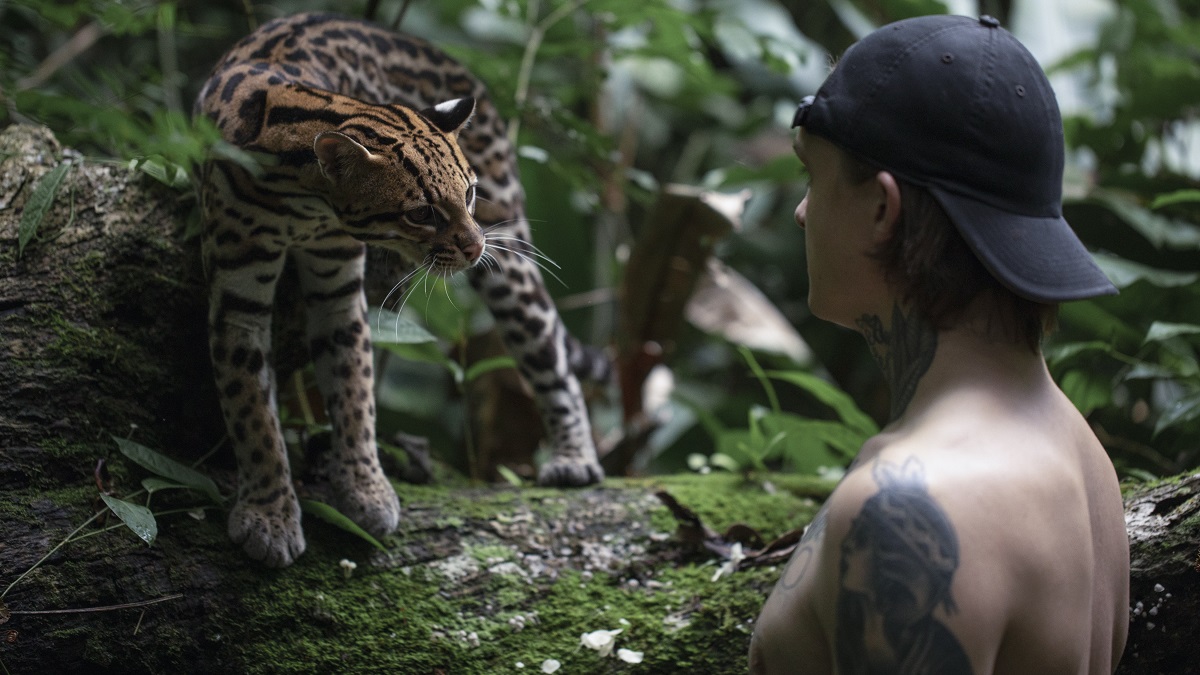
Wildcat has been getting rave reviews on the festival circuit and there’s even been some awards season buzz, but what’s the number one thing as both filmmakers and people you want audiences to take away from the film?
Trevor Frost: For me, there’s two things. One, I hope that people walk away with a new respect for nature and the wild animals in it. Because that would mean they see that it’s important not only for their physical survival, but also for their sort of mental and spiritual survival. And what I mean by that, obviously, I think that we all pretty much understand that we need clean air, and we need clean water and, intact forests have a role in that, right?
But, one of the things that hasn’t been really talked about until recently is that the role these places and wildlife play in our… just our desire, like our happiness, because we live on a planet that’s so rich and full of life and extraordinary beauty. And then the other would be that people walk away being prepared to have more difficult conversations with their loved ones and friends and others that they wouldn’t necessarily have had before, especially regarding mental health, since it still has so much stigma around it. And so I think that those two things are also interlinked in a way. And so I think those are the two two major things that I’m really hoping people will walk away with.
Melissa Lesh: Yeah, it’s interesting, because we have screened the film now with so many different audiences; veterans groups, conservation groups, general audiences, and filmmakers. It really feels like this film in a way – because you see how vulnerable the characters are, and you see so many layers shed away – it does something to people where it kind of cracks them open a little bit.
And whatever it is, that thing that you might be holding off talking about or addressing with your family member or even holding someone or an animal that you love close after watching this film. Like I think there is a sense of connection that people take away from the film that that is really powerful. Reflection and connection, I think, are like the big things.
And what’s interesting is that it feels like it’s very much unique to each person, and what they’re going through, and what they maybe feel they need to address in their own life, or some of the emotion that they’re grappling with. So, of course – as we mentioned – as kind of conservation storytellers, we do hope that this film resonates with people on a fundamental level, and they feel it in their bones as far as our connection to the natural world and its importance in our lives. Because I think if you don’t feel emotionally connected to to a place or nature, you’re not gonna feel the need to protect it.
We’re very distant from wild places. So if we can, even just with the soundscape, people hearing the sound of the insects and the birds and being immersed in that environment for an hour and 45 minutes on a cellular level kind of thing. Feeling that connection, and that there’s something powerful there that need to think more about, or are drawn to, or to protect. That would be the really big goal.
I’ll recommend it to everyone I know but I will be warning them beforehand as there’s a high chance of emotional devastation from start to finish.
Melissa Lesh: Maybe not devastation! Yeah, hopefully we leave people on a high note, too, because that was one of the creative goals, was that it isn’t all despair and destruction, that there is beauty and light and hope in the world. So maybe you took away what you did… So we should say, “what do you want people to take away from the movie?” And we should say, “we just want them to survive.”
It would be a good tagline!
Melissa Lesh: If you can survive this movie, then good luck!
Wildcat is currently playing in select theaters, and will premiere on Prime Video tomorrow, Dec. 30.


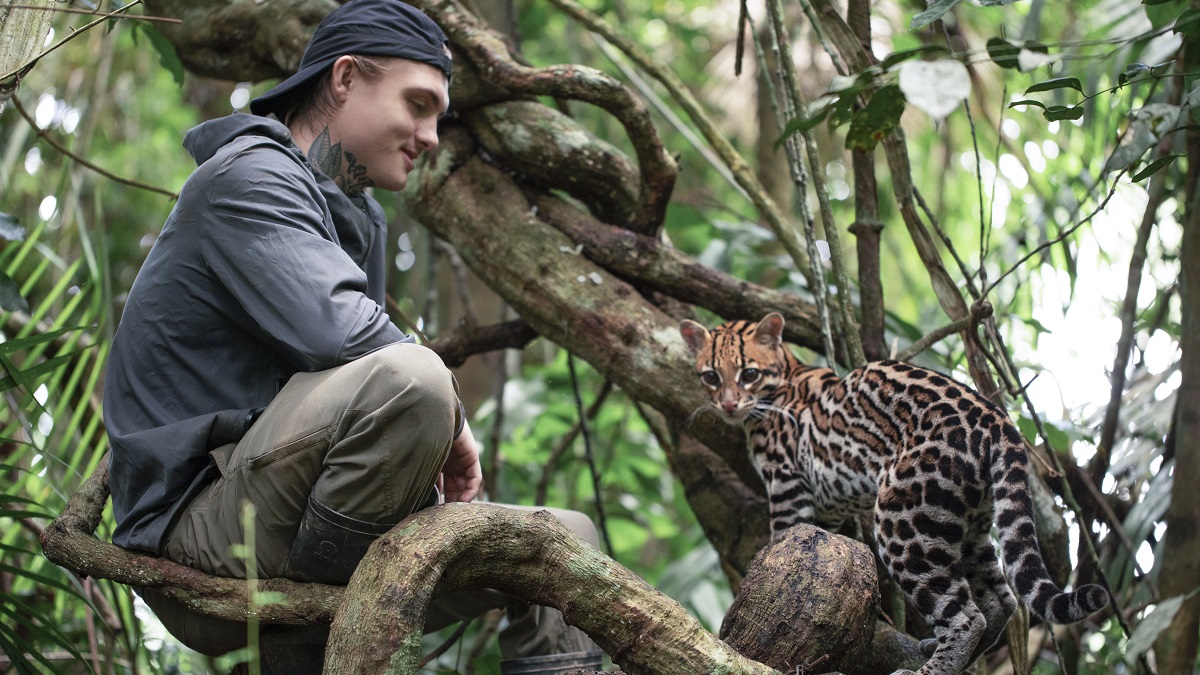
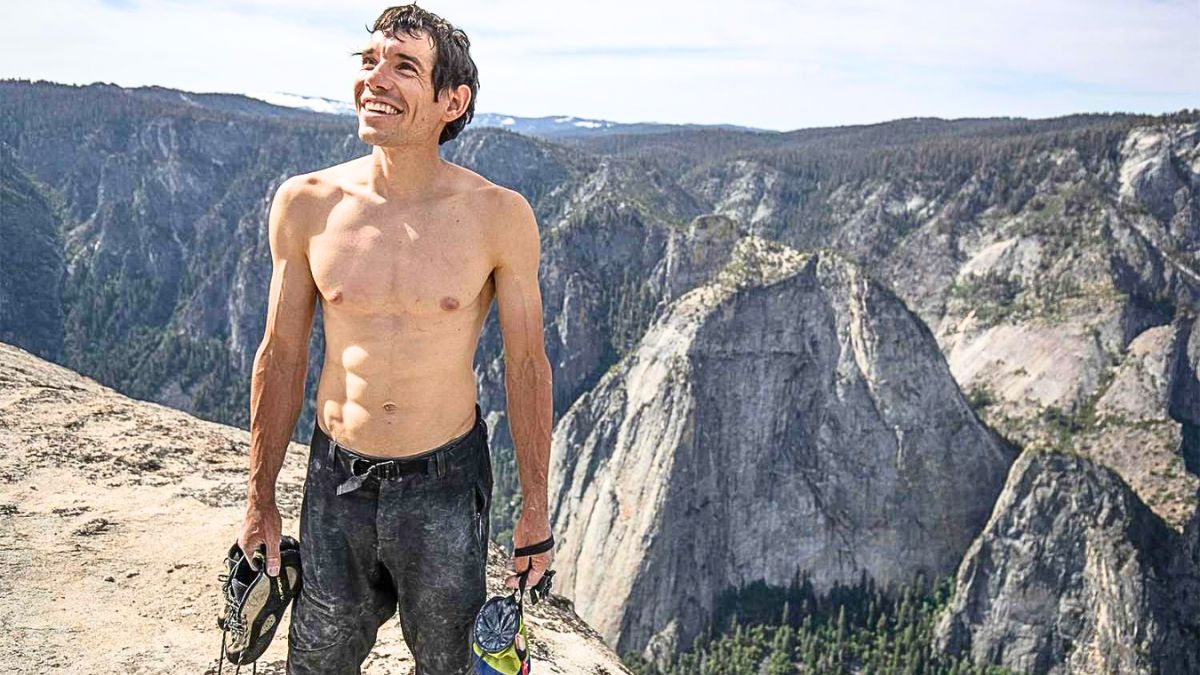
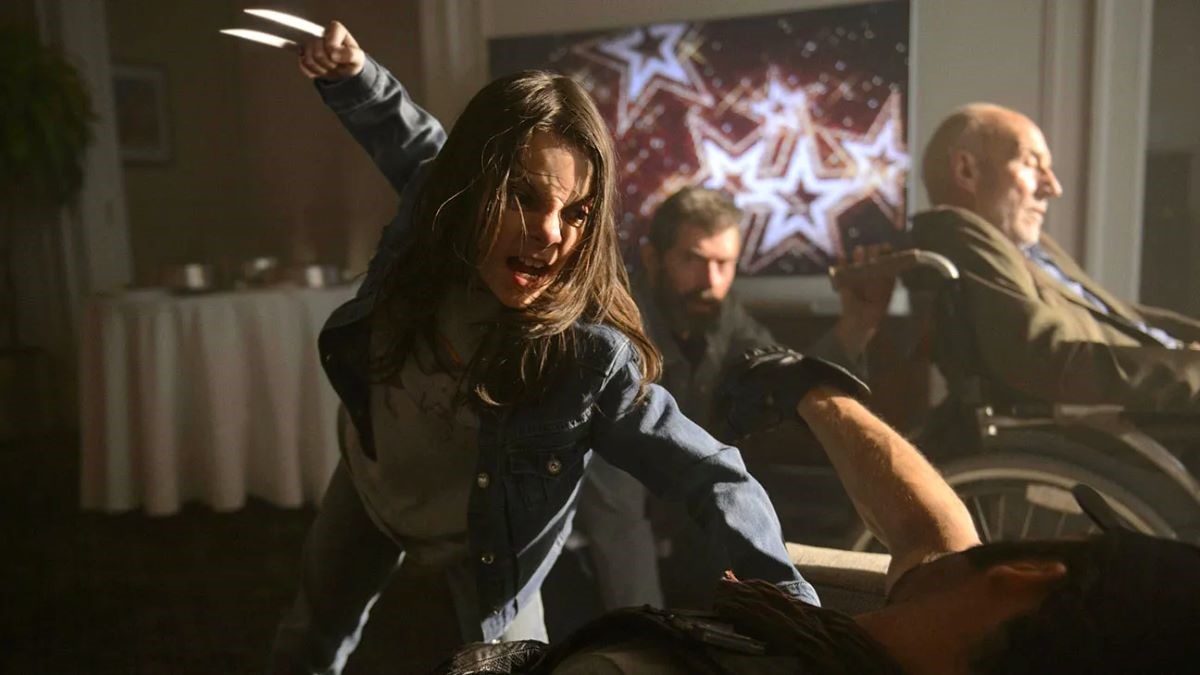
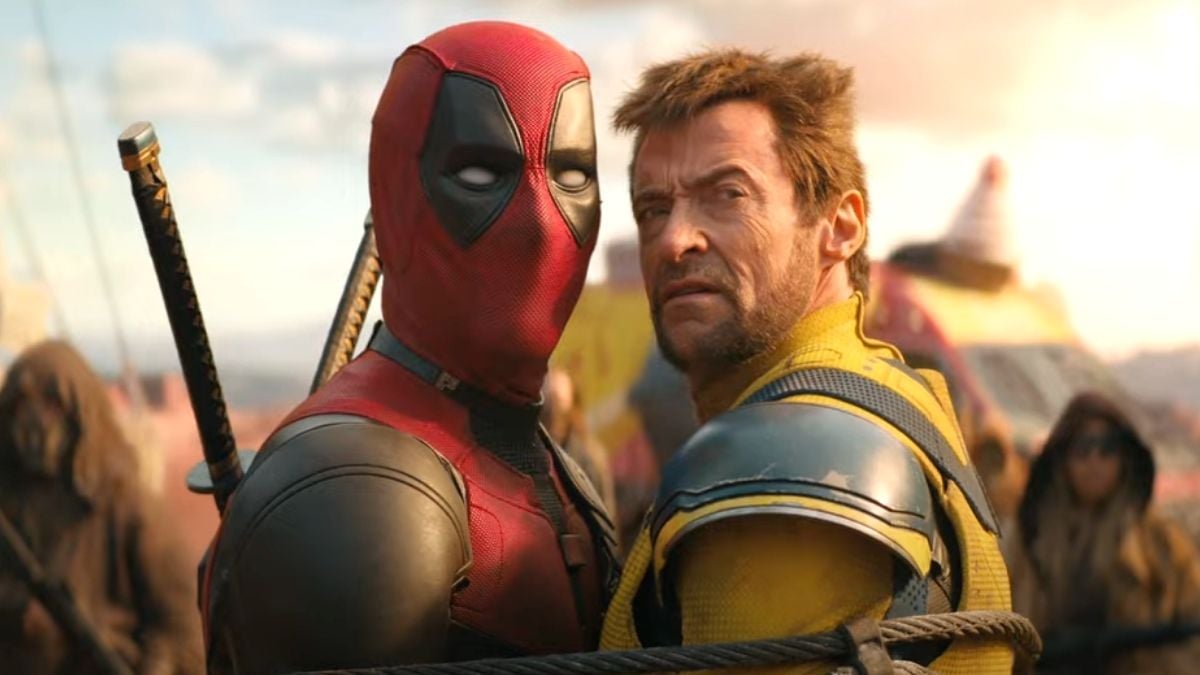
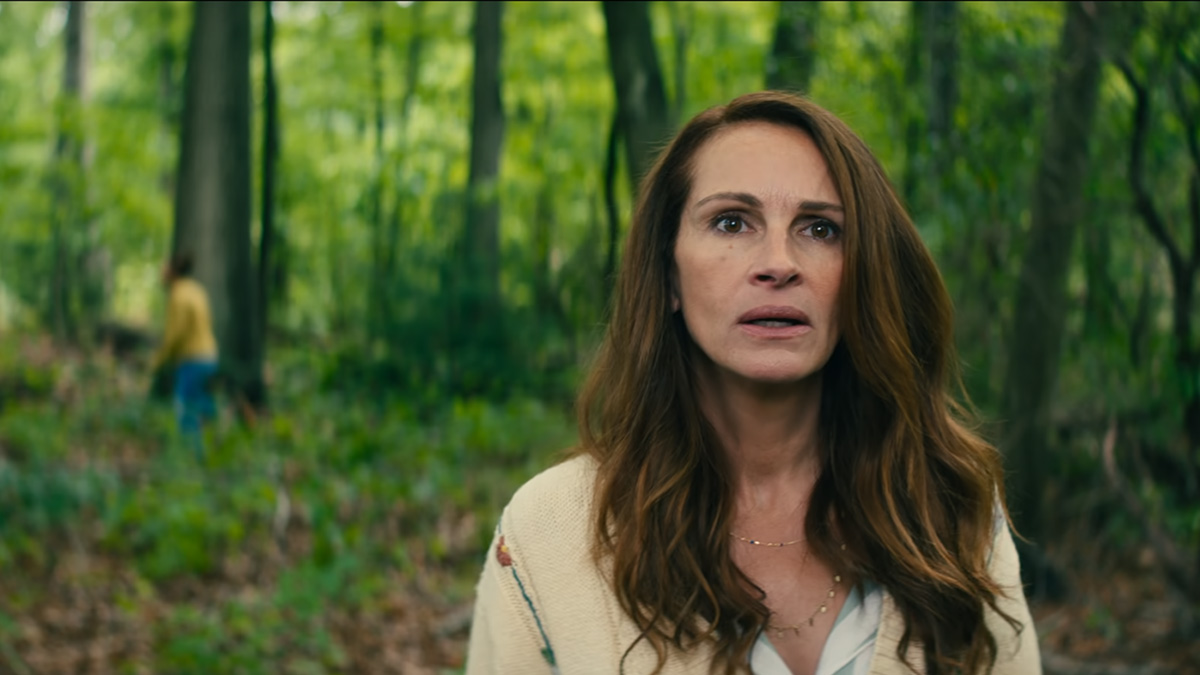
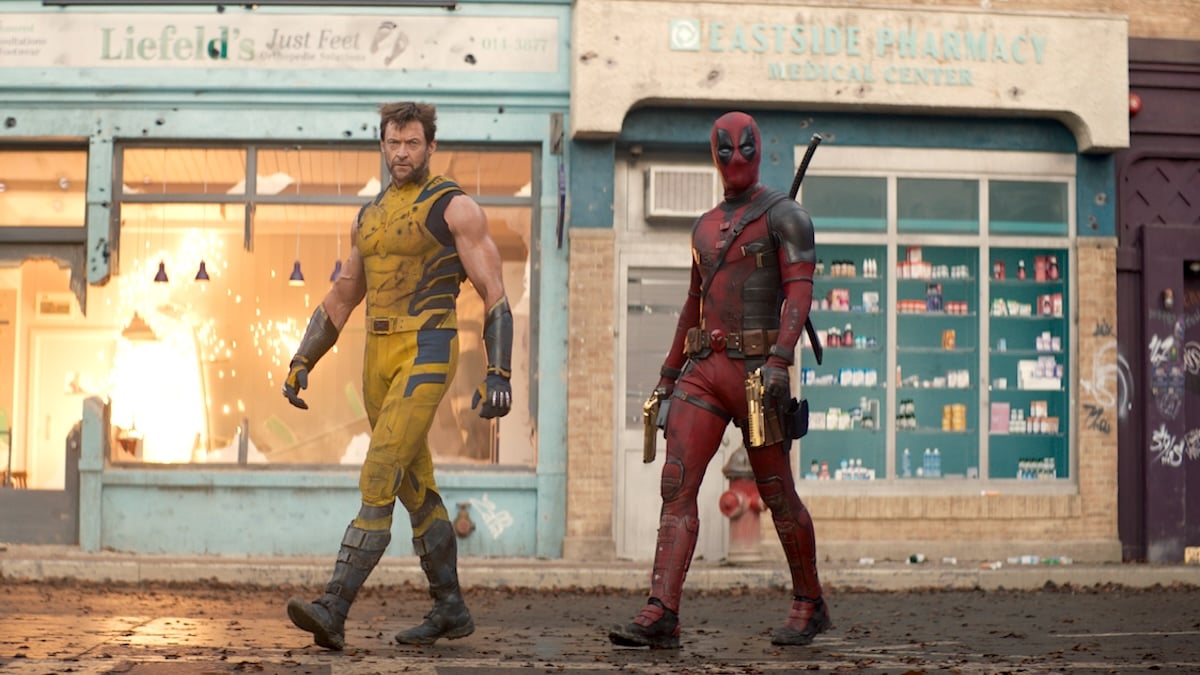
Published: Dec 29, 2022 05:05 am